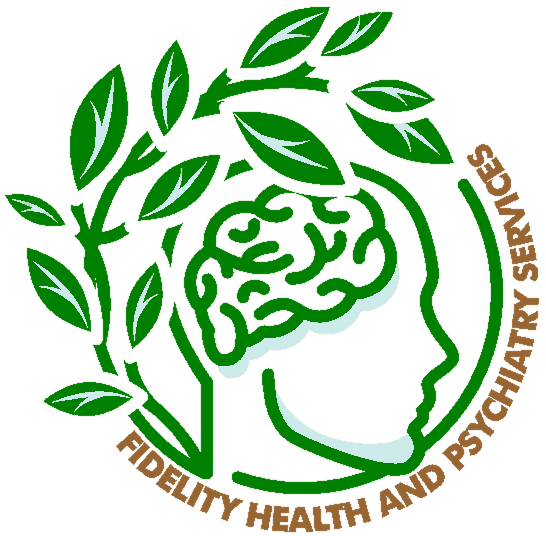Anxiety and sleep disorders may seem like separate conditions, but they are closely connected. Anxiety can disrupt normal sleep patterns, while a lack of proper sleep can intensify feelings of anxiety. According to Mental Health America, this is a serious issue affecting millions of Americans, with two-thirds of the population experiencing sleep loss due to stress, anxiety, and depression.
This article dives deep into how anxiety and sleep disorders are linked, offering insights to help you manage these issues for a more restful night’s sleep.
Difference Between Anxiety and Sleep Disorders
Anxiety is characterized by feelings of worry, fear, or unease, often triggered by stressful or frightening situations. It can persist for months or even years if left untreated.
Sleep disorders, such as insomnia, refer to difficulties in falling or staying asleep, or waking up too early and feeling unrefreshed. These disorders impact physical, mental, and emotional well-being.
Connection Between Anxiety and Sleep Disorders
Anxiety about sleep, also known as sleep anxiety, is the fear or worry associated with falling asleep or not getting enough rest. This is often confused with somniphobia, a fear of sleep itself. Anxiety and sleep disorders are frequently interrelated. People with anxiety may struggle to sleep, and poor sleep can increase anxiety, creating a vicious cycle.
Research from 2021 confirms that anxiety has a direct impact on sleep patterns. Addressing anxiety can, in turn, help restore healthy sleep cycles.
Prevalence of Anxiety and Sleep Disorders
In the U.S., anxiety disorders are the most common mental health condition, affecting 40 million adults. Many of those with anxiety also experience sleep disturbances. However, sleep issues are not confined to adults, as children and young adults can also be affected.
Diagnosis of Anxiety and Sleep Disorders
A healthcare provider will review your medical history and perform a physical exam to diagnose anxiety or sleep disorders. Questions may include:
- Do you eat or drink before bed?
- Do you experience anxiety at bedtime?
- How long does it take for you to fall asleep?
- How often do you wake up during the night?
- What activities do you engage in before sleep?
Additionally, a sleep study, called polysomnography, may be recommended to evaluate body positioning, breathing, brain activity, heart rate, and other factors during sleep.
Which Comes First: Anxiety or Sleep Disorders?
Either condition can trigger the other. Anxiety can disrupt sleep, and sleep disorders can worsen anxiety. Studies suggest that chronic insomnia increases the risk of developing anxiety disorders.
Health Risks of Anxiety and Sleep Disorders
The consequences of these conditions extend beyond fatigue. Poor sleep and anxiety can negatively impact work performance, increase the risk of accidents, and contribute to other health issues.
Treatment Options
Cognitive Behavioral Therapy (CBT) is one of the most effective treatments for anxiety and sleep disorders. It helps to reframe negative thought patterns and behaviors that contribute to these conditions. For persistent sleep issues, CBT for Insomnia (CBT-I) may be recommended. Medications, such as antidepressants and anti-anxiety drugs, can also be prescribed to manage symptoms but may not address the root cause.
Tips for Managing Anxiety and Sleep Disorders
Here are some simple strategies to help reduce anxiety and improve sleep quality:
- Avoid caffeine and alcohol in the evening.
- Create a comfortable, quiet sleeping environment.
- Set a consistent bedtime and wake-up time.
- Avoid screens and work in bed.
- Aim for eight hours of sleep each night.
- Practice relaxation techniques, such as mindfulness, deep breathing, or guided imagery.
If these methods don’t work, it’s essential to consult a healthcare professional for further guidance and treatment.
Conclusion
Anxiety and sleep disorders are closely connected, often influencing





